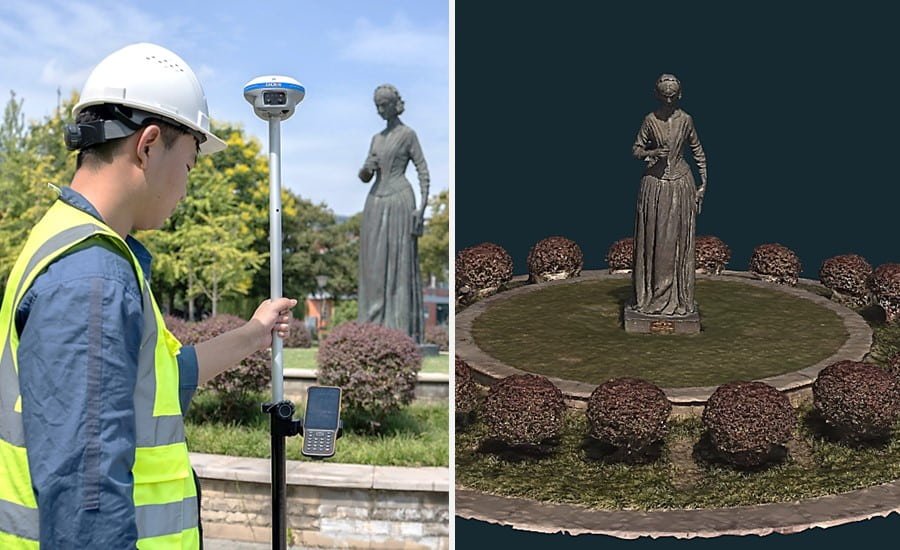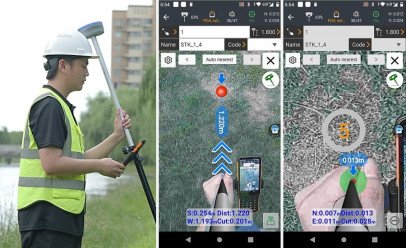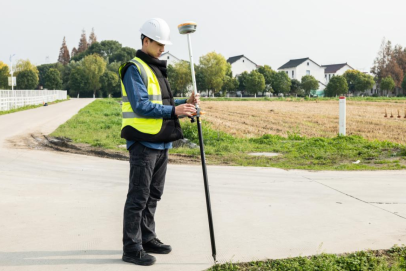Tilt photogrammetry works by capturing multiple images of a subject from different perspectives, including overhead and oblique angles. These images are then processed using specialized software that analyzes the variations in perspective to reconstruct the geometry of the subject in three dimensions.
One of the key advantages of tilt photogrammetry is its ability to capture intricate details and textures that may be obscured or distorted in traditional photogrammetry. By capturing images from multiple angles, tilt photogrammetry can produce highly accurate and realistic 3D models of objects, buildings, landscapes, and more.
This innovative technique has applications across various industries, including architecture, archaeology, forestry, and urban planning. From creating detailed digital replicas of historical monuments to assessing terrain for environmental studies, tilt photogrammetry offers a versatile and efficient solution for 3D modeling.
In conclusion, tilt photogrammetry represents a significant advancement in the field of 3D modeling, allowing for the creation of highly detailed and accurate models from images taken at multiple angles. As technology continues to evolve, tilt photogrammetry is poised to play an increasingly important role in various fields where precise 3D representation is essential.



